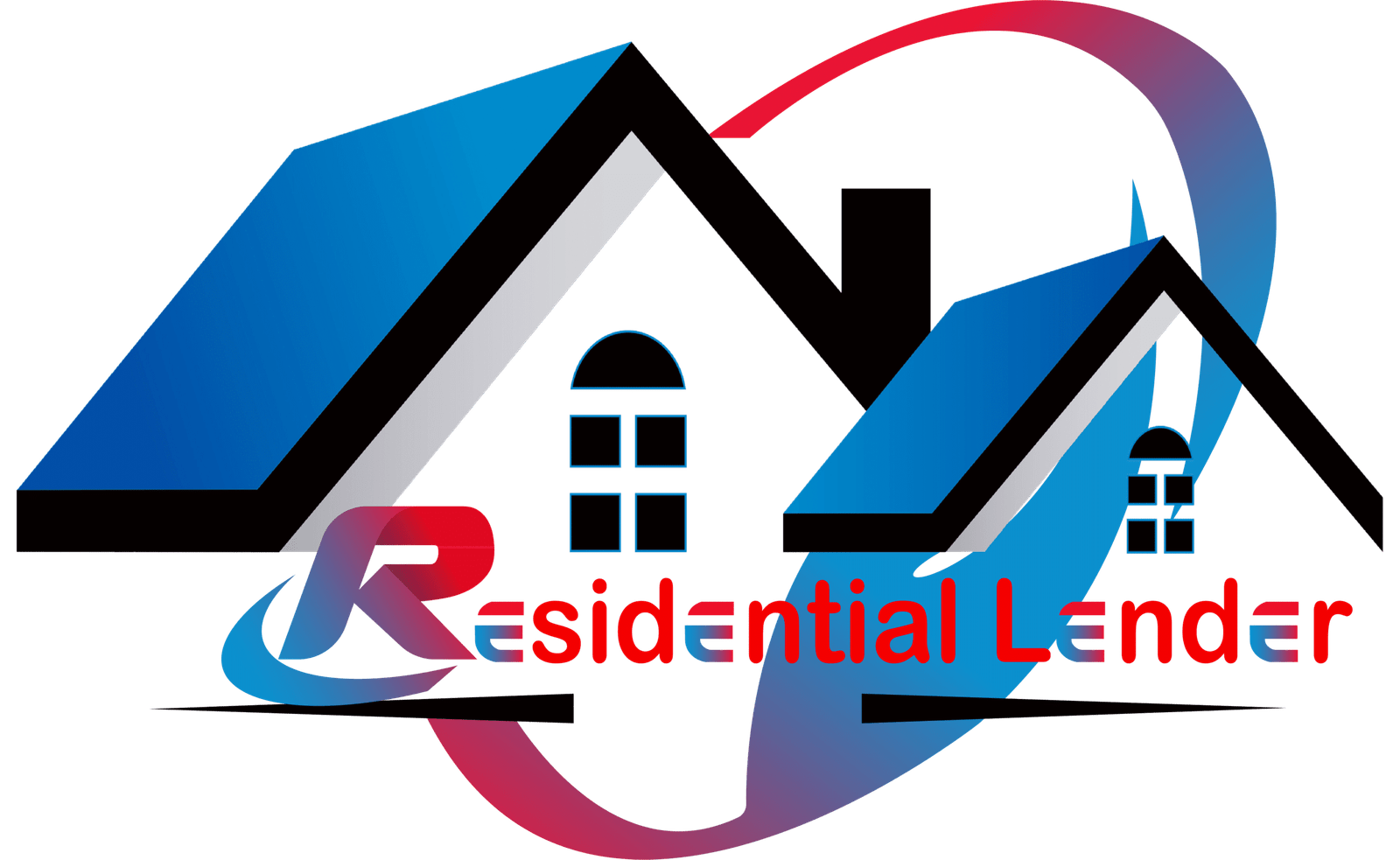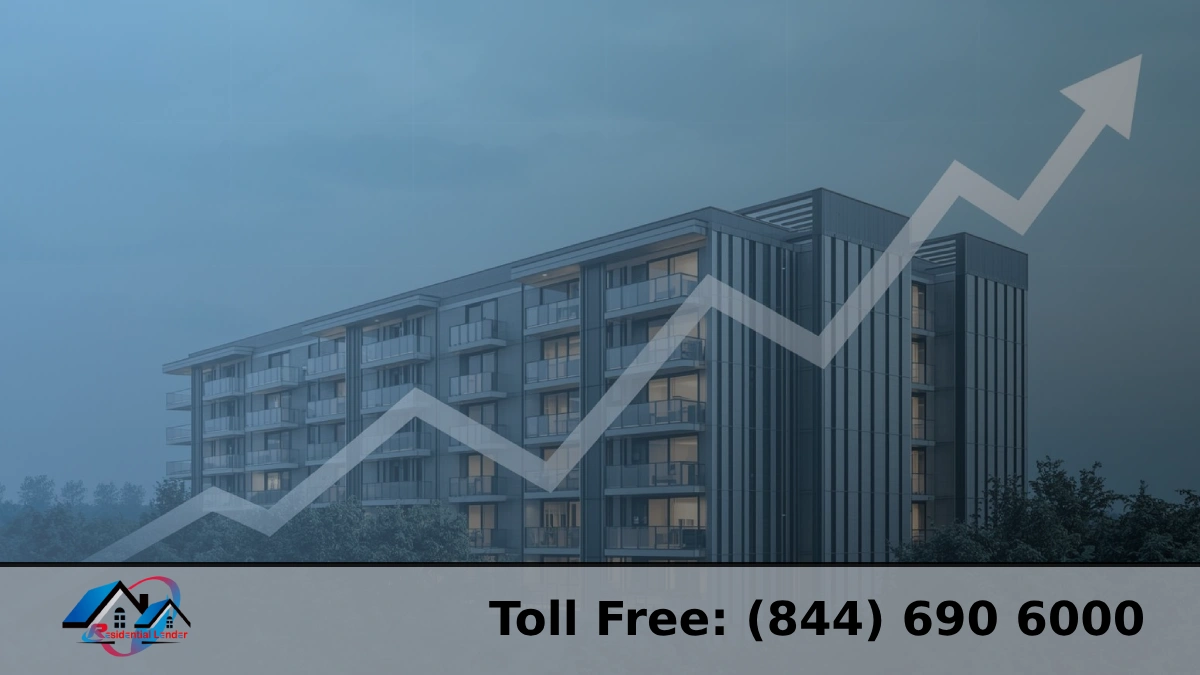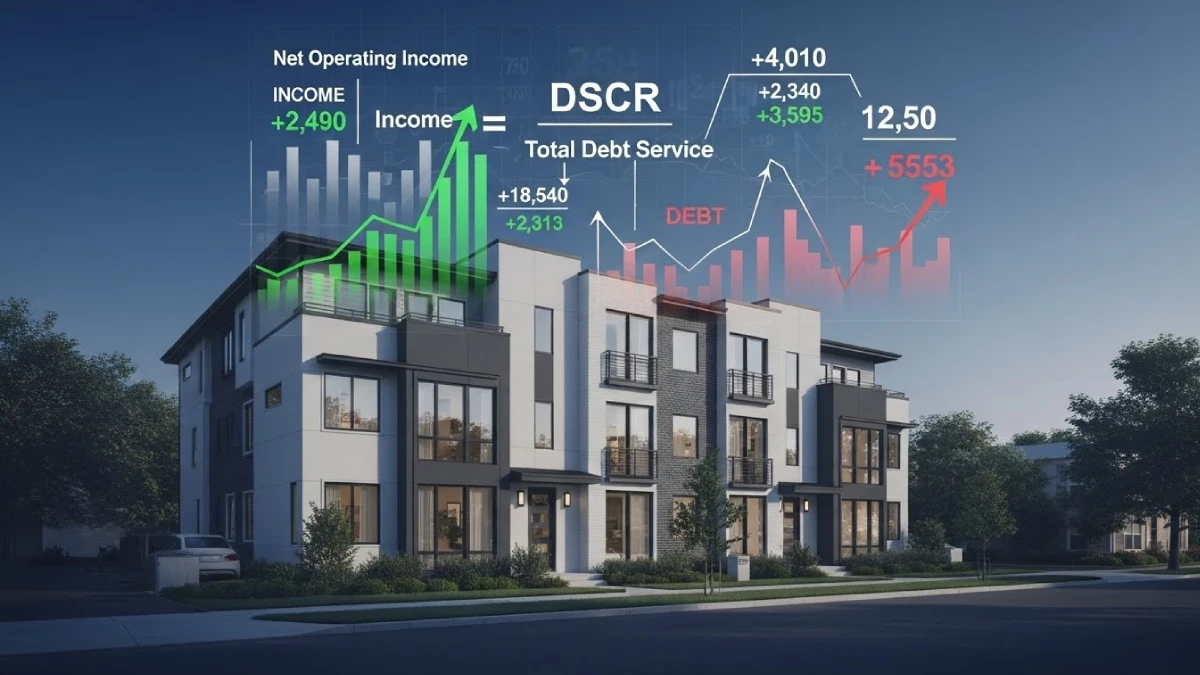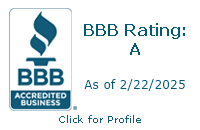Think of your real estate holdings as a field ready to grow a new residential investment corp. Investing in residences takes careful planning and ongoing care, just like taking care of plants, but the returns can be significant.
Each residence should be considered a carefully chosen seed that will grow in the future. If you take care of these “seeds” correctly, they can turn into a steady flow of rental income. This will give you a constant return on your investment and the chance for long-term growth. Growing your new residential investment crop can be an intelligent way to protect your financial future as the housing market changes and spreads out your assets.
Getting to Know the New Residential Investment Corp
The real estate market right now is a great place to grow your New Residential Investment Crop. This is why:
Changes in demographics and a growing population are making people want to buy homes, making the market ready for investment.
Only some properties are available, so buyers must compete hard. This could mean that rentals fill up faster, which could mean higher rates for owners.
Rate changes in interest rates can affect the cost of borrowing and how buyers act. If you understand these changes, you can better position yourself in the market.
Picking Your “Crops”: A Wide Range Of Fruits
In the same way that different plants can grow well in a well-kept field, your new residential investment Crop can include various types of homes, each with its benefits:
Single-family homes are classic investments that can bring in steady rental income and may increase in value over time.
Multiple unit dwellings. Duplexes, triplexes, and apartment buildings can make money differently.
Fix and Flip Properties. You can find properties with hidden worth that need work and then sell them for a profit by finding undervalued ones.
Short-term rentals, like vacation rentals and Airbnb, can bring in a lot of rent in tourist areas or places where people need temporary housing.
Find out about the market before you buy.
Before you plant your seeds (investing in properties), you need to do a lot of study on the market. What you need to grow is this:
You can choose properties that meet the needs of people in your target area if you know about the age groups, income levels, and renting trends.
Finding the average rental rates for similar homes will help you determine how much money you could make and set reasonable rental prices.
Looking at past data and market trends can help you guess how much a property will be worth.
Doing a lot of research on the market will help you plant your seeds in the right places so that your new residential investment crop can grow as much as possible.
Planting the Seeds: How to Pay for Your Investment
Getting the money you need to grow your new residential investment crop is like giving young plants the proper nutrients to help them succeed. But there are some problems that new buyers may face:
Lenders may want proof of past success in investing in real estate, making it hard for new investors to get loans.
Traditional lenders usually need a big down payment, which can be challenging for first-time buyers with little money.
Residentiallender.net: A Partner in Your Growth
We know these problems well at Residentiallender.net and are here to help you grow your investment crop. We offer a way for new buyers to get around issues with getting money:
Our platform makes the application process more accessible, which saves you time and stress.
We put you in touch with a network of lenders offering competitive rates and deals made just for real estate investors.
Our team has much experience with a wide range of lenders and loan products, so we can help you find the financing that best fits your spending goals.
When you work with Residentiallender.net, you can get the tools and advice you need to get the money you need for your new residential investment crop to grow.
Cultivating Your Investment
| Loan Option | Interest Rate Ratio | Property Types | Terms | Pros | Cons |
| FHA Loan (Multi-Family) | Lower than Conventional | Multi-unit dwellings (2-4 units) | 15-30 years | Lower down payment, government-baked | Mortgage insurance is required, but limitations on property types and the number of units |
| Conventional Loan | Competitive | Single-family homes, multi-unit dwellings | 15-30 years (fixed or adjustable) | Widely available, competitive rates, long terms | A higher down payment is required |
| Hard Money Loan | Higher | Fix-and-flip properties | Short-term (typically 6-18 months) | Fast closing times, suitable for fix-and-flips | High interest rates, stricter qualifications |
| Portfolio Loan | Varies | Multiple rental properties | 15-30 years | Financing for various properties simplifies loan management | Requires strong investment experience and significant down payment |
Different types of loans for buying rental homes
You must choose the right cash fertilizer for your new residential investment crop to grow well. You can get a loan for residential investment buildings in the following ways:
The Federal Housing Administration (FHA) offers loans for duplexes to four-unit properties with more than one unit. These loans require less of a down payment than regular loans. This can be a good choice for investors, starting with buildings with more than one unit.
Banks and credit unions offer these types of mortgages. They usually need a more significant down payment (20% or more) but provide reasonable interest rates and terms that can be set or changed.
Private lenders offer short-term “hard money” loans for “bridge financing.” They are great for fix-and-flip jobs because they close quickly, but the interest rates are higher, and there are stricter requirements.
Portfolio loans are loans made for owners who own more than one rental property. It’s easier to keep track of your loans when you can finance more than one property with a single loan. But most of the time, they need a significant down payment and a history of investing in real estate.
Costs and things to think about after the loan is paid off
To grow a new residential investment crop well, you must plan for more than just the original investment and financing. Here are some ongoing prices and things to think about when making your plan:
The annual budget for property taxes changes based on where the land is located and how much it is worth. You’ll also need landlord insurance to protect your investment in case of something unexpected, like a fire, vandalism, or damage caused by a renter.
You can expect to have to pay for regular maintenance to keep your properties in good shape. These can be minor fixes and regular maintenance like mowing the lawn or more significant problems like replacing appliances or fixing the roof. Include a cushion for fixes that come up out of the blue.
If you hire one, keeping a property management business on staff will cost you money. Think about the pros and cons of managing houses yourself (which takes time and work) versus hiring someone else.
Harvesting Your Investment
Strategies for Getting Out: Collecting Your Crops
It’s time to gather every crop at some point, and your New Residential Investment Crop is no different. Here are some essential ways to get out of an investment when it’s time to get your money back:
Selling the property is a simple choice that will let you profit from any rise in the property’s value and free up your money to spend on other things. It might be a good idea to sell if the market is doing well or if you need the money for something else.
If you have a good collection of rental homes that bring in good money, you might keep them for a long time. This plan gives you a steady flow of rental cash. It lets you keep getting more money from the property’s value over time. There are ways to make passive income and build wealth over time by renting out your homes for a long time.
The best way to get out of a trade will rely on your goals, market state, and finances. When choosing, consider how long you want to spend, how much risk you are willing to take, and how involved you want to be in the future.
Things that affect when to harvest
The best time to harvest your New Residential Investment Crop depends on several things, just like the best time to harvest traditional crops changes with the weather and the way the plants grow:
There are times when the real estate market goes up and times when it goes down. Knowing the current market trends and predicting when they might change will help you choose the best time to sell. If the market is hot and home prices rise, selling might be a good idea. On the other hand, let’s say the market is going down. Then you should keep your homes and wait for their values to rise again.
Did you buy with the short-term goal of flipping a house for a quick profit, or do you want to build a long-term portfolio of rental properties that bring in money? Your financial goals will have a significant effect on when you harvest. Going for short-term gains might help you sell faster. On the other hand, holding on to properties for a longer time might be part of building wealth over the long run.
It would help if you compared the rental income from your buildings to the costs of keeping them up (like property taxes, insurance, repairs, etc.). Your cash flow is good, and the amount of money coming in is acceptable. That way, you can keep your home for longer. If, on the other hand, negative cash flow is making it hard for you to pay your bills, selling the property might be a better idea.
You can decide when to collect your new residential investment crop by thinking about these things. This will help you get the best return on your investment and reach your financial goals.
Taking Care of Common Issues
Can I Invest In The US As A Non-Resident?
Non-residents can buy US real estate, but there are a few other things to keep in mind:
Non-residents may need help getting financing because lenders may demand more significant down payments or stricter qualifications.
Concerning taxes, people who don’t live in the US have different tax situations when renting or selling their homes.
Determining the laws and taxes that apply to your situation can take much work. It is strongly suggested that you talk to a skilled financial advisor and attorney specializing in foreign investment.
Residentiallender.net: Your Partner in the Field
You need to know what you’re doing, plan, and have the right financial tools to grow a New Residential Investment Crop that does well. We know how hard it is for new buyers here at ResidentialLender.net. We’re here to help you get through the often tricky process of getting a loan.
We can work with you in this area:
Our platform makes the application process more accessible, which saves you time and stress.
Our team has much experience with lenders and loan products, so we can help you find the best financing that fits your spending goals.
We put you in touch with a network of lenders who offer rates and terms that are competitive and made explicitly for real estate buyers.
Don’t let problems with money stop you from growing your new residential investment crop. Get in touch with ResidentialLender.net right away for a free chat and loan review. Let’s discuss your business goals and how to get the money you need to reach them.
FAQs
Why would you want to invest in private real estate?
Possibility of making money through rental income and property value growth
A steady source of income from rent payments
Long-term asset growth because home prices tend to go up over time
How do new real estate buyers deal with some problems they encounter?
Getting loans, especially if you don’t have much experience or a down payment
How to fill out a loan application and how to find the best loan choices
What can Residentiallender.net do to help?
We make the loan application process easy.
Our team knows a lot about many different lenders and loan options, so we can help you find the best loan for your needs.
We put you in touch with a group of lenders who offer buyers reasonable rates and terms in real estate besides the debt.
What other long-term costs should you think about?
Taxes and insurance on property
Fixing and maintaining things
Fees for managing properties (if any)
What are some ways I can get out of my rental property?
Selling the house to take advantage of its value going up and get some extra cash
Keeping the house for long-term rental income and possible value growth
Can I buy real estate in the US even though I don’t live there?
Yes, but there may be other problems as well:
There may be few choices for financing.
If there are tax consequences, you should talk to a tax professional.
Consider hiring a property management company when managing homes from afar.








